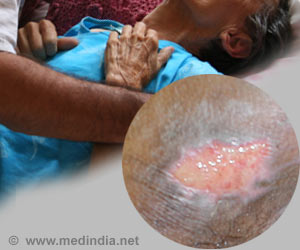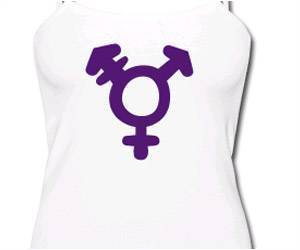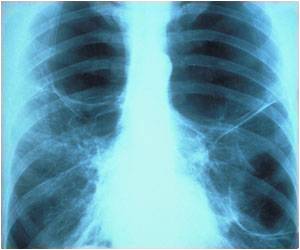Each year, millions of older people in hospitals and nursing homes experience pressure injuries, or ulcers, which take a long time to heal and can be fatal. At the very least these injuries can cause severe pain, disrupt sleep, and affect their mood as well as their rehabilitation, mobility, and quality of life.
Unlike the sensors that many people wear on their wrists to monitor physical activity and physiological signs, the optical fiber sensors are embedded in the same space as a person, but not on them physically.
Smart Way Of Taking Care Of Bedsores
Hospitals currently use weight-based sensors or cameras installed in the room to monitor patients, but both have limitations. Existing weight-based hospital sensors cannot predict when a patient leaves the bed until their feet touch the floor, leaving little time for nursing staff to respond in the event of a fall. Also, there are privacy issues with camera-based technology.
Advertisement
The optical fiber sensors are sensitive enough to record heart and respiration rates and can detect whether a person is in the bed, even if they remain stationary for long periods.
Respiration rates are often the first sign that a patient is deteriorating. This normally requires devices to be attached to the patient, either on the chest, as a mask on the face, or ventilator. These can be restrictive and sometimes inappropriate in an aged care setting.
Monitoring vital signs continuously, unobtrusively, and cheaply via the mattress-embedded sensors is a far better solution for both patient and nurse.
Source: Medindia



